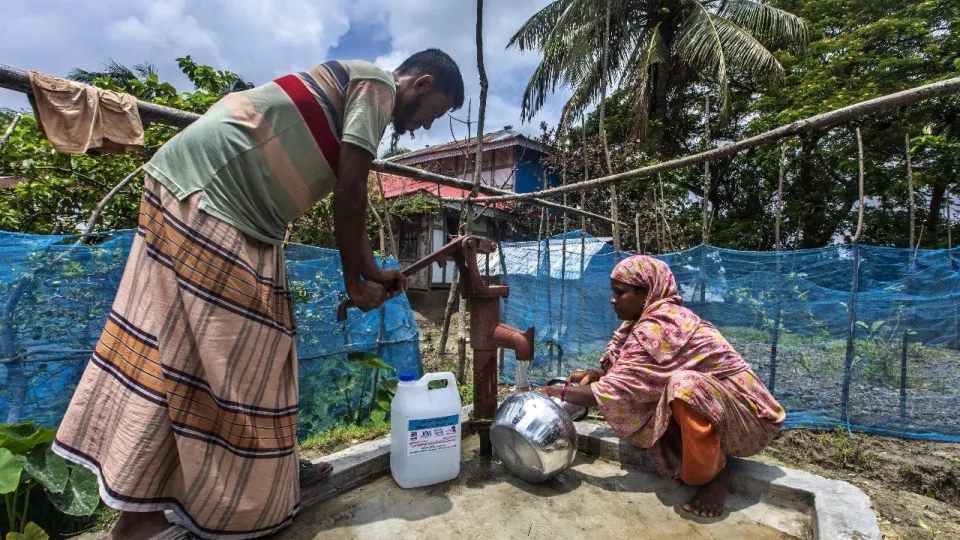
Case Study: Cyclone Remal, Bangladesh
The document discusses the response to Cyclone Remal in Bangladesh, highlighting anticipatory actions and layered funding mechanisms for disaster management.

The document discusses the response to Cyclone Remal in Bangladesh, highlighting anticipatory actions and layered funding mechanisms for disaster management.
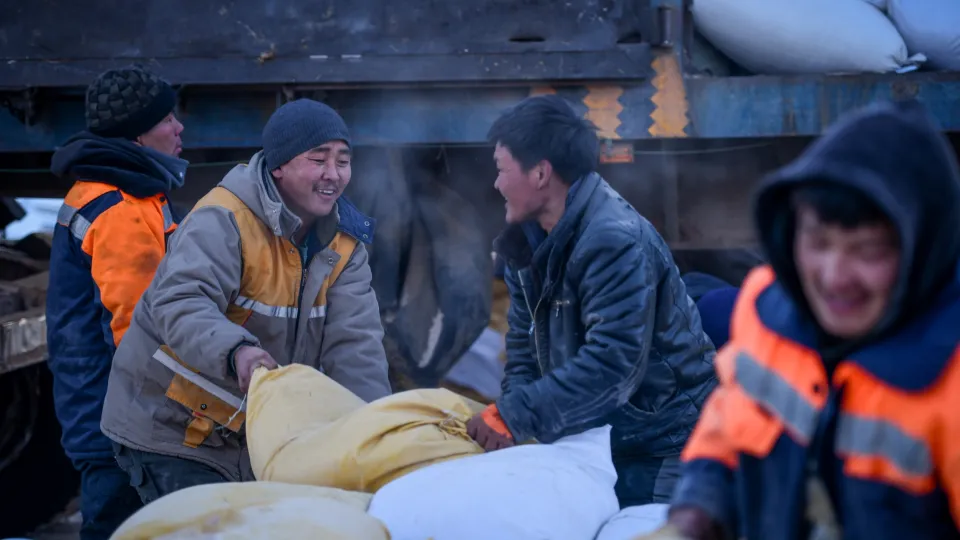
Early actions by World Vision provided assistance at a critical time before the peak of the Dzud in 2023.
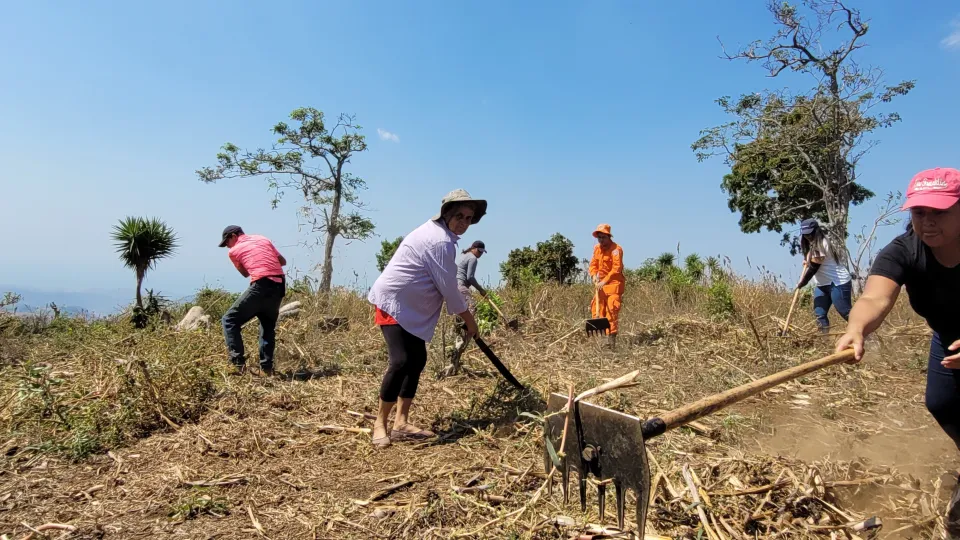
This anticipation alert provided timely assistance to households in isolated rural areas who had previously been victims of land dispossession during the armed conflict.

Extreme high temperatures were forecast to affect the Gaza Strip by the Palestinian Meteorological Department (PMD), peaking from June through to August 2023.

This report evaluates a Start Ready activation for drought in Madagascar and discusses how similar actions can be improved in the future.

With a predicted landfall on the 16th of June 2023, Start Network member SEEDS raised an anticipation alert and commenced anticipatory action for Cyclone Biparjoy.

Following an anticipated five-fold upsurge in migration across the dangerous ‘Darien Gap’ crossing, from Colombia into Panama, CADENA was able to act early to support already stretched local government actions.
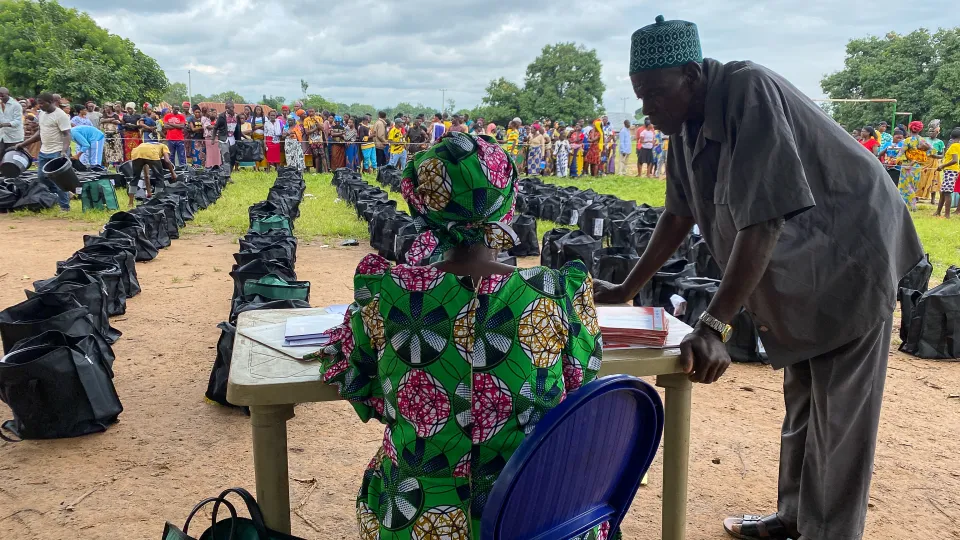
In 2022 in Nigeria, our members responded in Benue and Kogi, in anticipation of heavy rain and flooding.
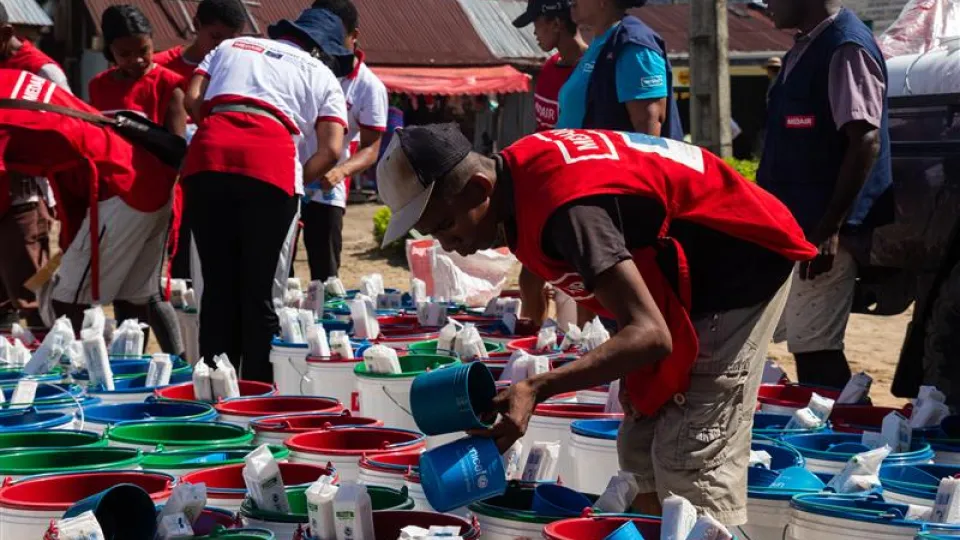
Case studies describe how Start Ready activated in anticipation of two major crises in Madagascar - drought in February 2024 and Cyclone Gamane in March 2024.
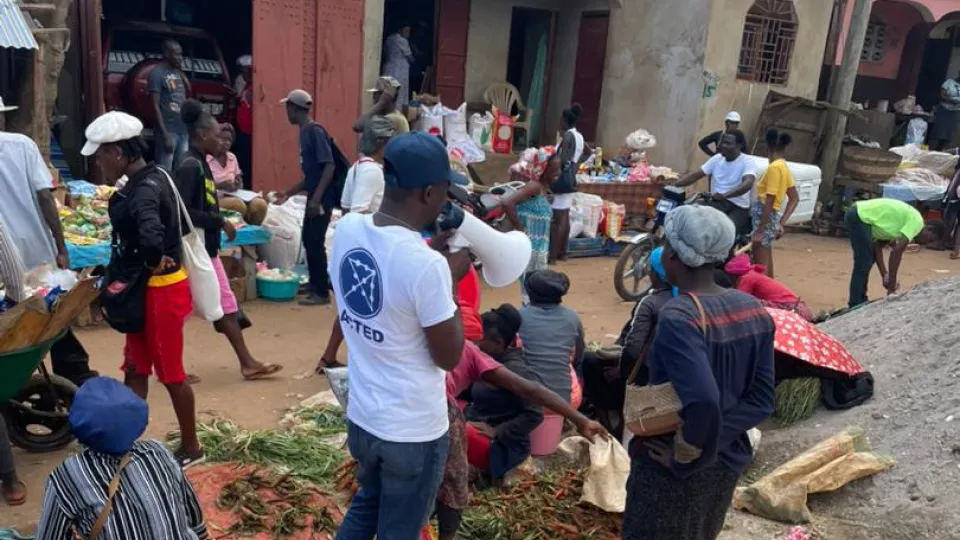
Following the activation of Alert 766, a coordinated response was launched to address the immediate needs of those affected by Tropical Storm Franklin.